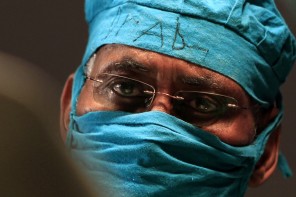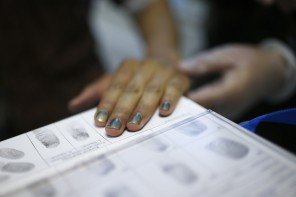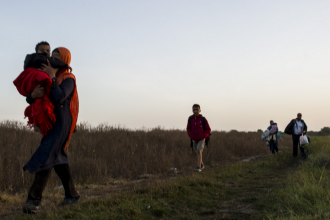This story starts where Kenya’s roads end — literally. The smooth tarmac that winds through Kenya’s wheat and flower fields turns to dust in Isiolo. When my taxi driver dropped me off here, where I was to catch a 10-hour overnight bus to Marsabit, he said, “Tell those people there that Kenyans say hello.”
I’ve been in lots of places where people seem beyond the reach of the state, but in Marsabit, they were still within the reach of the banks — which made the innovative insurance program I’d shown up there to write about possible. I spent two weeks last February in three villages around Marsabit, talking to livestock herders about a pilot micro-insurance program that allowed them, for the first time, to insure their cattle and camels against drought. In a place where animals are assets, that’s a pretty big deal.
Today, my story about index insurance goes online at Miller-McCune magazine. Take a look to learn how a NASA satellite is helping save families from the financial ruin of drought. And read to the end to find out what kind of index these Kenyan herders used before they heard about the satellite.
You might also enjoy this piece on the same, which I reported for public radio’s World Vision Report. Alas, the eponymous donor pulled funding for the program before this piece could air. But it’s still a good listen, largely because Francis Kareyo is so charming about his goats.



